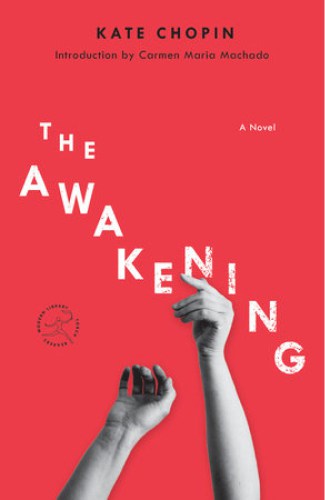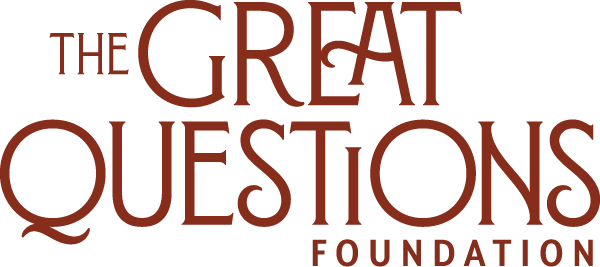’Yes,’ she said. ‘The Years that are gone seem like dreams-if one might go on sleeping and dreaming- but to wake up and find- oh! Well! Perhaps it is better to wake up after all, even to suffer, rather than to remain a dupe to illusions all one’s life.(133)
Kate Chopin
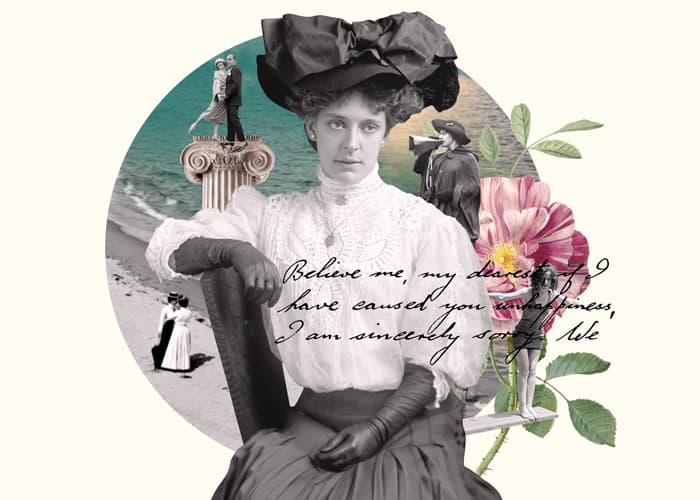
“I love you. Good bye- because I love you.” (134)
We meet Edna Pontellier, wife and mother of two, while she is vacationing with her family on Grand Isle in Louisiana in the late 1800s. Through the love she develops for the young man, Robert Lebrun, and through the friendships she forges with other women, Madame Reisz and Madam Ratignolle, she realizes that she is deeply unhappy. This unhappiness stems from the lack of fulfillment she feels in her domestic life. In the novel, she learns to swim and she pursues painting. Both activities also serve as metaphors for her growth and her stifled development and creativity. Before the vacation ends, she is shocked to learn that Robert will be travelling to Mexico indefinitely on business. When she returns from Grand Isle to her home in the city, the domestic oppression becomes even more intolerable. To the external eye, hers is a life of domestic bliss. Her husband is not cruel or abusive, but she becomes aware that her role as a wife and mother is to preserve domestic harmony and not to pursue her own growth. She awaits Robert’s return and decides to move out of her house while her husband is away on business and her children are staying with a relative. While she is in the process of moving, Robert returns. They are in her new home together, on the brink of beginning a romantic relationship, when she is called away because Madame Ratignolle is asking for her as she gives birth. Robert promises to wait for her. When Edna returns, she finds a note from Robert that reads, “I love you. Good bye- because I love you.” (134). Despondent, Edna returns to Grand Isle. She swims out to a point of no return and the book closes with her consciousness fading out as she drowns.
Why This Text is Transformative?
In this text, Edna Pontellier asks the question that we all ask of ourselves at some point, and we often ask while we are beginning college: who am I and what is my purpose?
In this text, Edna Pontellier asks the question that we all ask of ourselves at some point, and we often ask while we are beginning college: who am I and what is my purpose?
While it may be difficult in the 21st century to relate to a middle-class white woman who decides to drown herself despite having every obvious material and domestic comfort, Edna’s journey shows the struggle and confusion that come with the realization that you are not in control of your own life. Her “awakening” opens her eyes to the unstoppable influences that have shaped who she is. This text grapples with questions such as:
- What are the factors that shape us?
- How do they shape us?
- Is it possible to gain control of these influences?
- What do you do when your life/fate/path in life is not your own?
- How does it affect one’s humanity to not have control over one’s life?
A Focused Selection
Study Questions

1) What does the word “awakening” mean? What does it imply?
2) Have you ever experienced a moment of awakening? What prompted it and was it transformative?
3) In what ways is Edna asleep in this text? What wakes her up? Is it a joyful awakening?
4) Chopin incorporates symbolic description of nature throughout The Awakening. The ocean in particular carries symbolic meaning. How is the ocean and swimming described in this text? What does the ocean come to symbolize?
5) How are women of color represented in this text? Given the theme of the novel, is there an irony to how they are depicted?
6) What does Edna mean when she says she “would give up my money, I would give up my life for my children; but I wouldn’t give myself.”? What is the difference between giving your life and giving yourself? What do you think of this statement?
7) What role does friendship play in this text? Think of Edna’s two closest female friends, Mademoiselle Reisz and Madame Ratignolle. How are they different from one another? What is Edna’s relationship to each of them like?
8) Trace the relationship between Edna and Robert. What are the key events that happen?
9) Why does Edna kill herself at the end of the text?
Building Bridges
A Recommended Pairing
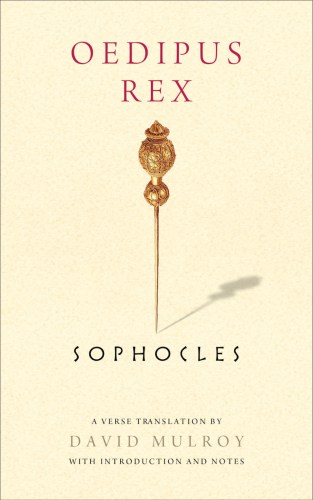
An interesting pairing might be with Oedipus Rex. In both texts, the main character must grapple with the question of how much control we have over our own lives. Both Oedipus and Edna harm themselves when they are faced with the reality that cannot alter. There is also a parallel between themes of vision/blindness and sleep/awakening.
Supplemental Resources
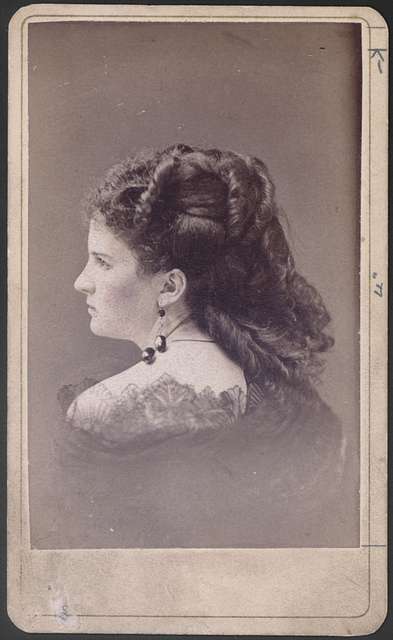
This teaching guide helps instructors use a specific primary source set, The Awakening by Kate Chopin, in the classroom. It offers discussion questions, classroom activities, and primary source analysis tools. It is intended to spark pedagogical creativity by giving a sample approach to the material.
Text Mapping
Discipline Mapping
English/Composition Studies
Area Studies
Humanities
Sociology
Page Contributor


